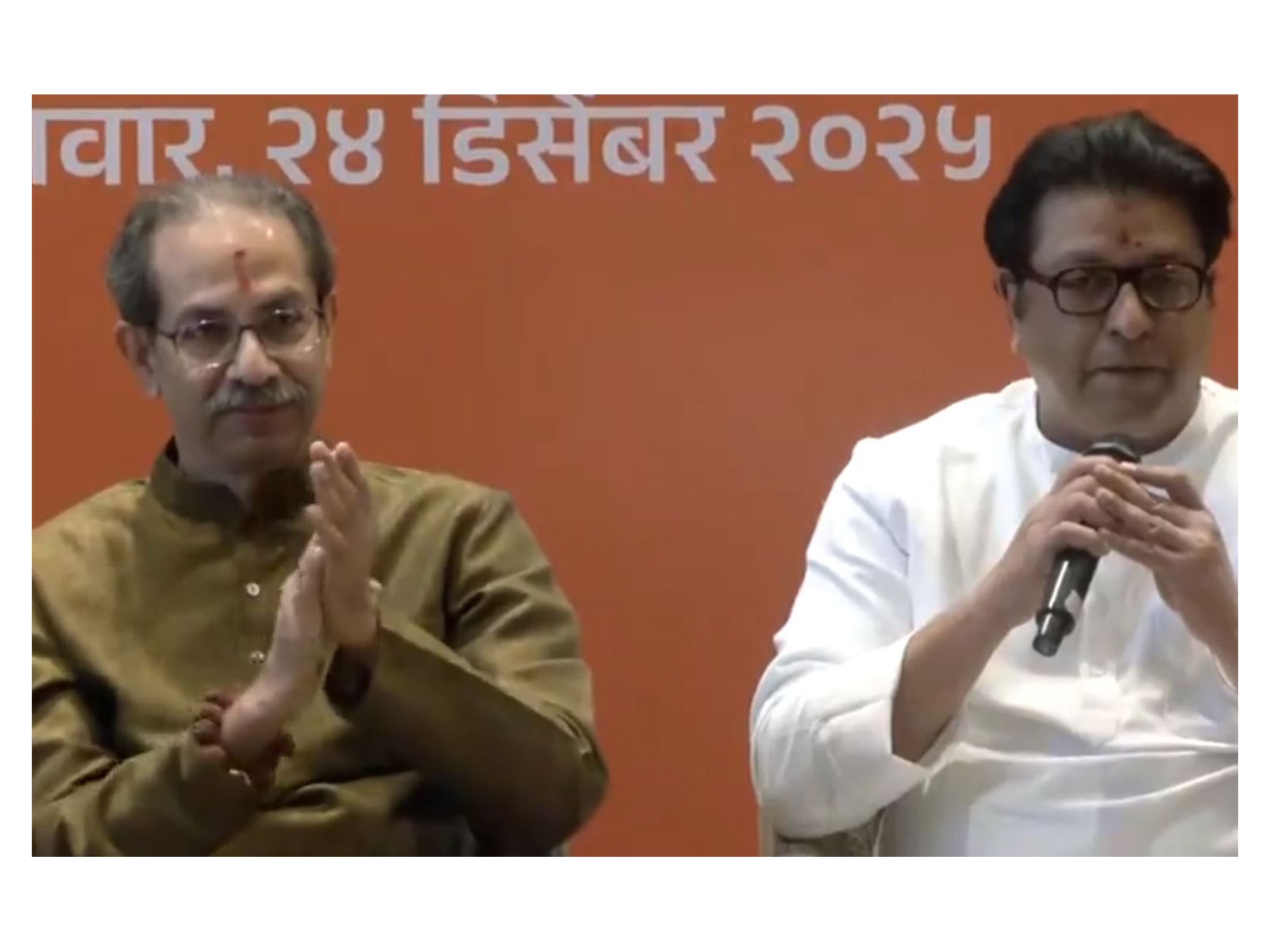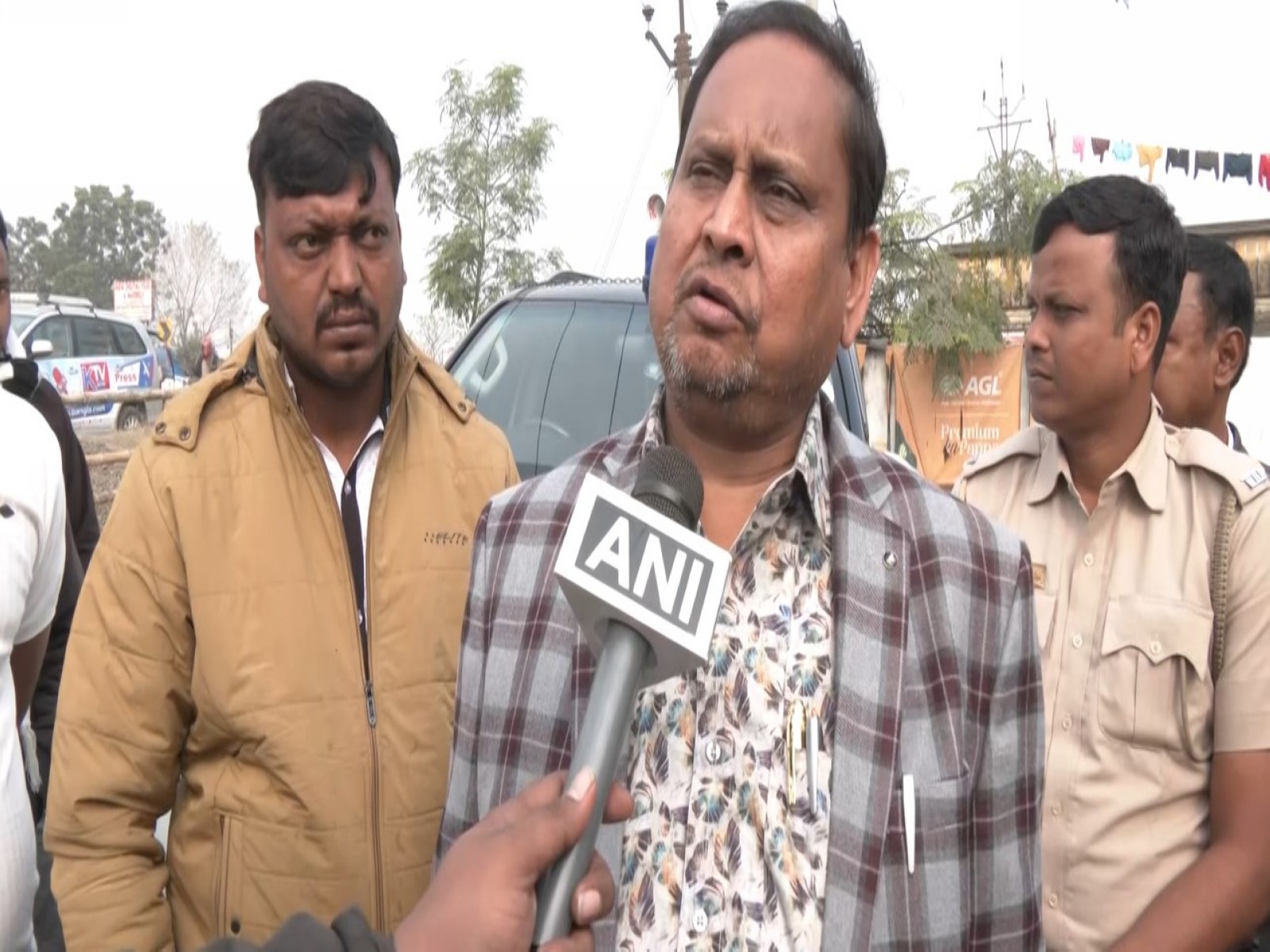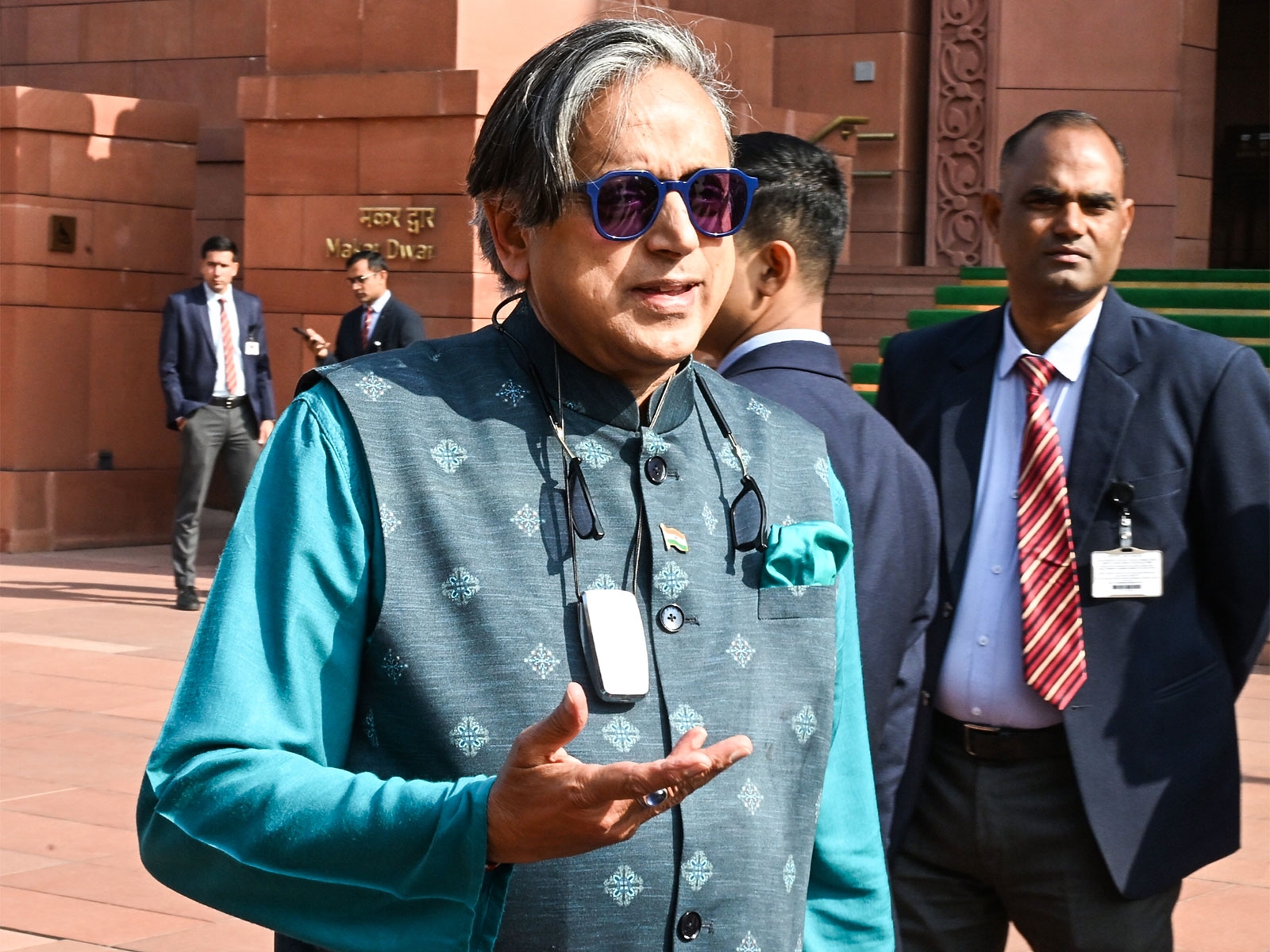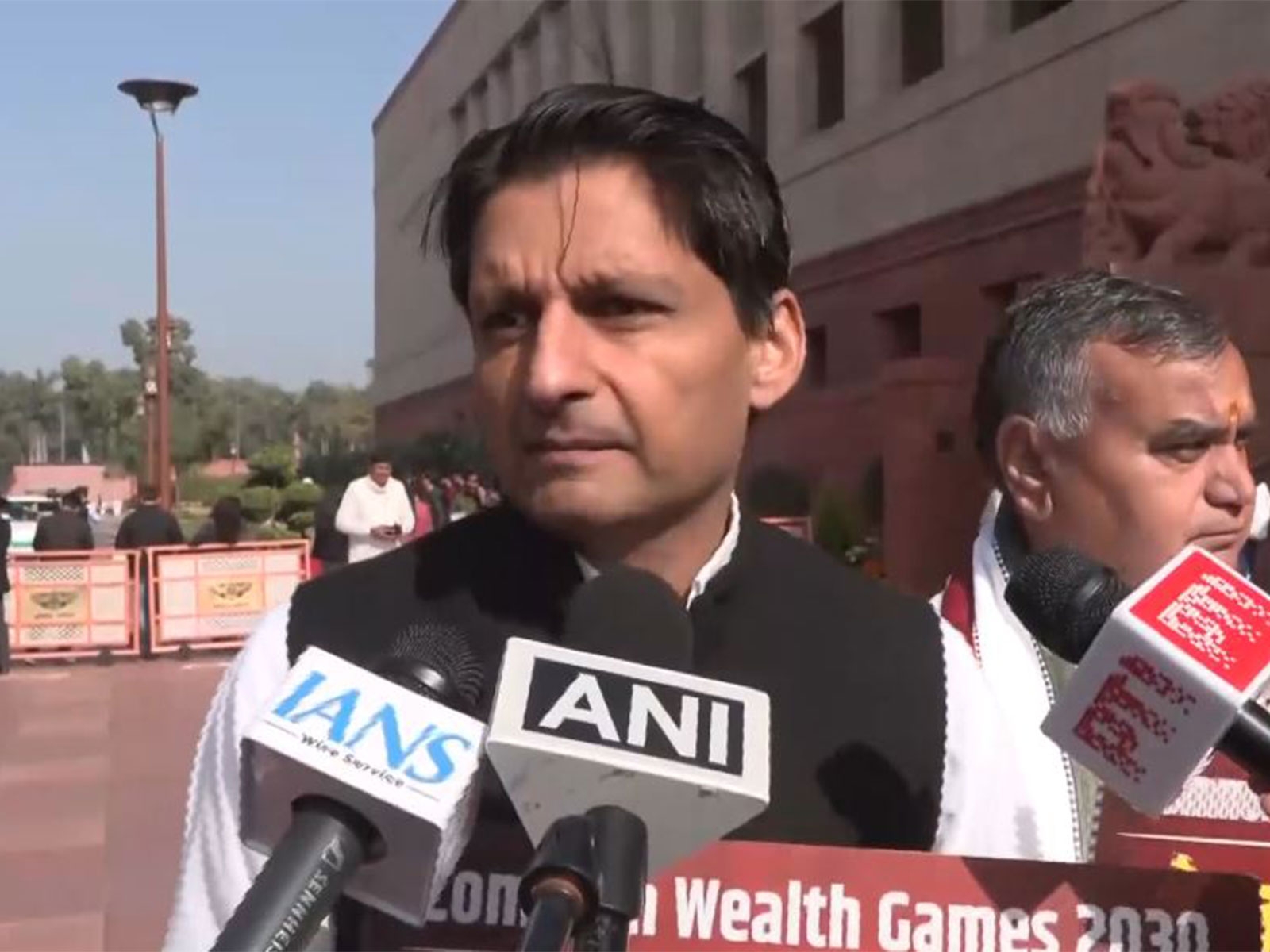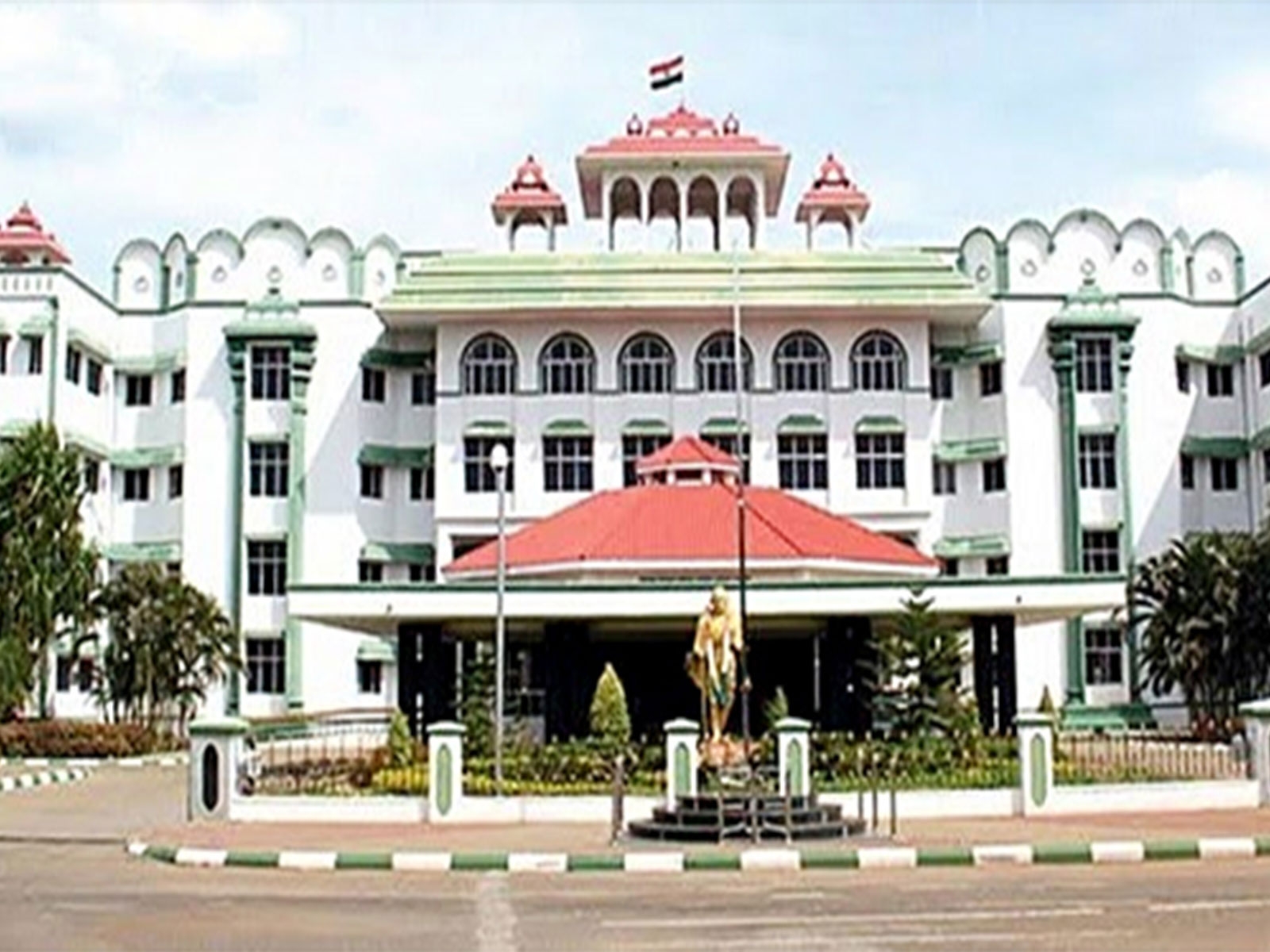Speed News Desk
| Updated on: 14 February 2017, 1:27 IST

- The satellites will be launched 30 seconds apart to avoid collision.
- This is the first time that the satellites will orbit around the equator and collect data that will benefit those residing in the equatorial region.
- The satellites will also monitor threats from the sea, air as well as natural disasters.
Indian Space Research Organisation's PSLV rocket will launch six Singaporean satellites today, which will help the city-state gather information on disaster monitoring and urban planning.
The vehicles will be launched at 6 pm today from Satish Dhawan Space Centre in the spaceport of Andhra Pradesh's Sriharikota.
Here are 6 interesting facts about the launch and the satellites:
- The satellites will be put into orbit by Indian Space Research Organisation's (ISRO) Polar Satellite Launch Vehicle (PSLV)- PSLV-C29 on reaching 550 kms from the earth's surface.
- The satellites will be launched one after another, 30 seconds apart, to avoid collision and set a distance of about 20 kilometres between them. The 59-hour-countdown for the PSLV-C29/TeLEOS-1 Mission began at 7.00 AM on Monday and was progressing normally, says ISRO.
- For the first time, the satellites will orbit around the equator and gather data that will benefit those in the equatorial region. The satellites will be put into a 550 kms circular orbit inclined at 15 degrees to the equator.
- The satellite can capture images of Singapore once every 100 minutes and tracks threats in the sea and air as well as natural disaster across the region. The satellites are made by NUS, NTU and engineering- commercial company ST Electronics.
- ISRO is using its trusted workhorse PSLV which is on its 32nd flight in 'core-alone' configuration without the use of solid strap-on motors. "The satellites will be able to produce information at a much higher frequency. This will surely be very important when you use it for disaster monitoring in the region like Southeast Asia," Project Director of the Satellite Programme at the National University of Singapore (NUS) Professor Goh Cher Hiang said.
- Of the six satellites, TeLEOS-1 is the primary satellite weighing 400 kgs whereas the other five satellites include two micro-satellites and three nano-satellites. TeLEOS-1 is the first Singapore commercial earth observation satellite. It will be launched into a low Earth orbit for "remote sensing" applications. Antrix Corporation Ltd, the commercial arm of ISRO, has provided launch services in PSLV for 51 customer satellites from 20 countries so far.
-With inputs from PTI
First published: 16 December 2015, 12:01 IST






![BJP's Kapil Mishra recreates Shankar Mahadevan’s ‘Breathless’ song to highlight Delhi pollution [WATCH] BJP's Kapil Mishra recreates Shankar Mahadevan’s ‘Breathless’ song to highlight Delhi pollution [WATCH]](https://images.catchnews.com/upload/2022/11/03/kapil-mishra_240884_300x172.png)

![Anupam Kher shares pictures of his toned body on 67th birthday [MUST SEE] Anupam Kher shares pictures of his toned body on 67th birthday [MUST SEE]](https://images.catchnews.com/upload/2022/03/07/Anupam_kher_231145_300x172.jpg)


